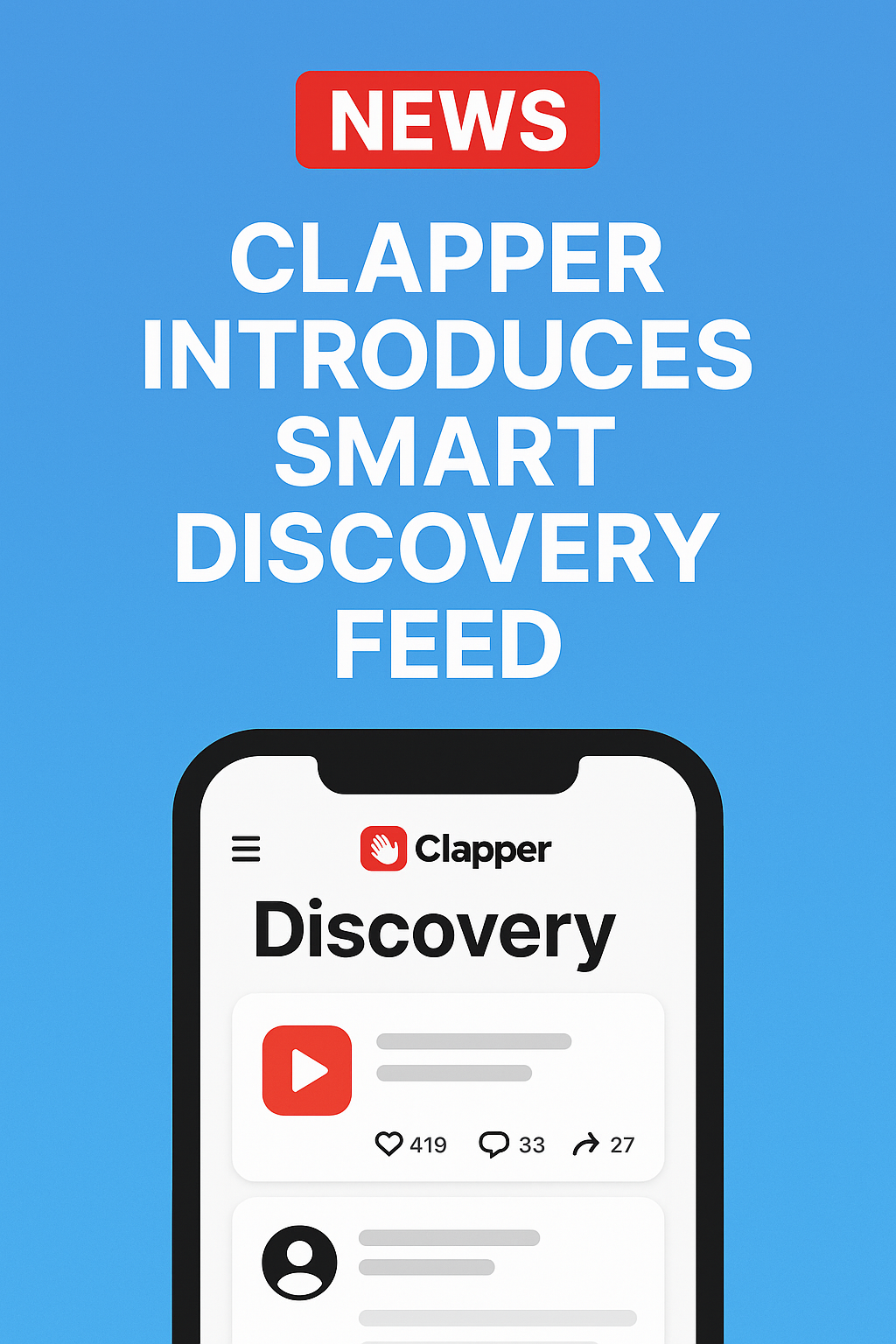
It’s been a little over a year since Twitter went and bought video hosting start-up Vine, but there seems to have been remarkably little shakeup at the company in that time. Maybe that is because the team at Vine was so small when it was purchase, consisting of only three people.
As it eventually happens, though, creative people do eventually need to move on to new and different projects, and now it looks like Vine is losing one of its oldest and most key players.
Dom Hofmann, one of the co-founders, and the former CEO, of the social video-sharing service, has stepped down from his role as lead general manager role, according to a report from ReCode on Tuesday.
That is not to say that Hofmann is leaving the company entirely; it sounds as though he will be staying on in some capacity, though in a more limited role, and one that does not require him to work there on a daily basis.
Perhaps Hofmann’s departure was expected, as sources told ReCode that his position has already been filled. Jason Toff, who is a product manager at YouTube, has already accepted the position as the new product manager position at Vine.
As you should have already expected, the reason that Hofmann seems to be leaving is not because of any problems at the company, but becayse he has his own project he wants to start working on, though no details of what that might be have been revealed so far.
VatorNews has reached out to Twitter to confirm these reports. We will update the story if and when we learn more.
Twitter bought Vine back in October of 2012, before debuting the service in January of 2013. Vine, as everyone know now, allows users to create and share six second long looping videos that can be embedded into tweets, or uploaded onto a separate Vine web page.
The purchase was a smart one for both Vine and Twitter, as the app surged in popularity, rising to become the top free app on iOS in April, and then getting up to 13 million users by June, right at the time it debuted on Android.
By August, Vine had more than tripled its userbase to 40 million, which was enough for it to be able to fend off a direct threat from Instagram, which debuted its own video feature in June, allowing users to make videos that are between 3 and 15 seconds long.
(Image source: https://vine.co)


















